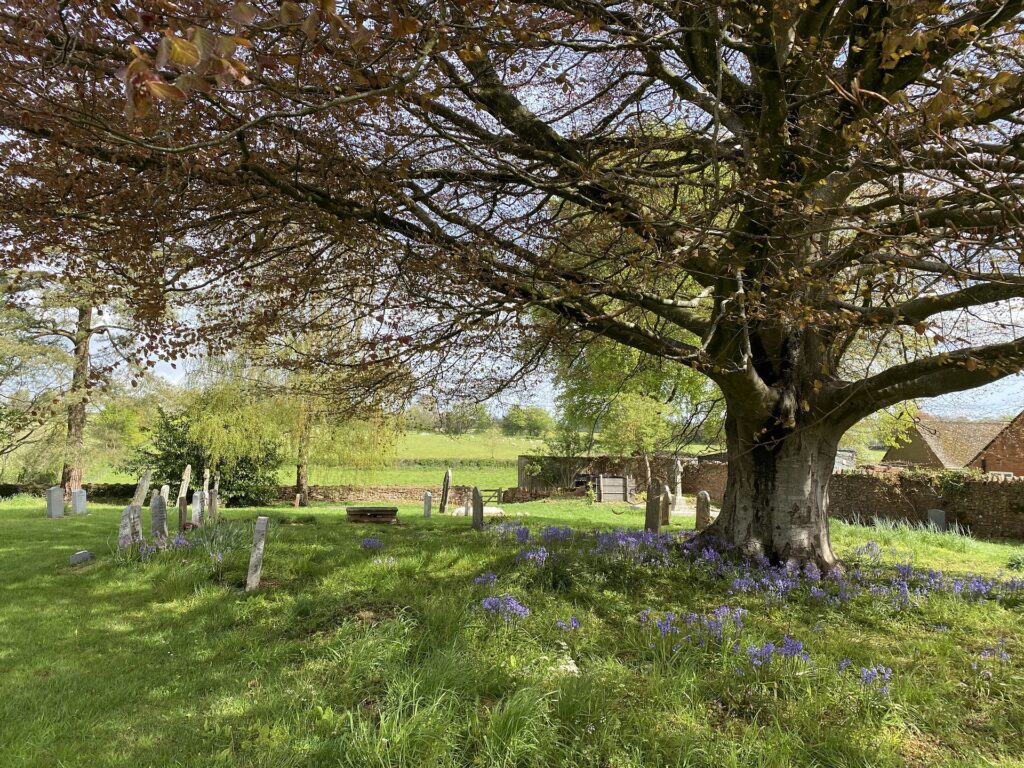
Grey’s Use of Language and Poetic Devices in Elegy Written in a Country Churchyard
Examine Gray’s use of language and poetic devices in “Elegy Written in a Country Churchyard.” How does he employ rhyme, meter, and other literary techniques to enhance the meaning and impact of his words? Consider the structure and form of the poem as well.

Grey’s Use of Language and Poetic Devices in Elegy Written in a Country Churchyard
“Elegy Written in a Country Churchyard” by Thomas Gray is a masterful poem that utilizes a variety of poetic devices and language techniques to enhance its meaning and impact. Gray’s skillful employment of rhyme, meter, imagery, symbolism, and other literary devices contributes to the overall aesthetic and emotional effect of the poem. This essay aims to analyze the use of these techniques and explore how they contribute to the structure, form, and thematic depth of the elegy.
Gray’s elegy follows a consistent and intricate structure, adhering to a strict rhyme scheme and meter. The poem consists of 32 stanzas, each comprising four quatrains (four-line verses). The rhyme scheme follows an ABAB pattern, with alternating rhyming lines. This regular structure creates a sense of harmony and musicality, enhancing the poem’s lyrical quality. The consistent rhyme scheme also aids in the memorability of the poem, making it easier to recite and internalize.
In terms of meter, Gray employs iambic pentameter throughout the elegy. This metrical pattern consists of five iambs per line, with each iamb comprising an unstressed syllable followed by a stressed syllable. The iambic pentameter provides a rhythmic flow to the poem, mimicking the natural cadence of speech and creating a harmonious and melodic effect. This regular meter contributes to the poem’s musicality and reinforces its elegiac tone.
Gray’s use of language and imagery is another notable aspect of the poem. He skillfully employs vivid descriptions, metaphors, and similes to create powerful visual images that evoke emotions and enhance the reader’s engagement with the text. For instance, in describing the village churchyard, Gray writes, “The curfew tolls the knell of parting day” (line 1). This line not only sets the melancholic tone of the poem but also establishes the atmosphere of a quiet, rural setting as the day comes to an end. The use of the word “knell” conveys a sense of impending doom and mortality, foreshadowing the elegy’s overarching theme.
Moreover, Gray employs personification to imbue inanimate objects with human characteristics, adding depth and emotional resonance to the poem. He personifies the “ivy-mantled tower” (line 9) and the “rugged elms” (line 19), allowing these elements of nature to take on a life of their own. This personification creates a sense of unity between the human and natural worlds, emphasizing the interconnectedness of life and death.
Symbolism plays a significant role in the poem, enriching its meaning and inviting deeper interpretations. Gray utilizes symbols such as the yew tree, the owl, and the setting sun to convey broader themes and ideas. The yew tree, for instance, symbolizes both death and eternal life, representing the cyclical nature of existence. The owl, often associated with wisdom and solitude, adds a layer of introspection and contemplation to the elegy. These symbolic elements serve to amplify the poem’s thematic depth and contribute to its overall impact.
Gray’s use of rhetorical devices further enhances the meaning and emotional resonance of his words. He employs various figures of speech, including metaphors and similes, to make abstract concepts more tangible and relatable. For example, Gray writes, “Far from the madding crowd’s ignoble strife” (line 36), comparing the peacefulness of the churchyard to an escape from the chaos and mundane concerns of everyday life. This metaphorical language evokes a sense of tranquility and contemplation, contrasting the simplicity of the village with the frenetic pace of urban existence.
In addition to these techniques, Gray employs alliteration, assonance, and consonance to create pleasing sounds and enhance the musicality of the poem. These sound devices contribute to the overall aesthetic quality of the elegy and reinforce its emotional impact. For example, in the lines “The plowman homeward plods his weary way” (line 3), the repetition of the “w” sound in “plowman,” “plods,” “weary,” and “way” creates a soft and mournful tone, mirroring the weariness of the plowman as he returns home.
The structure and form of the poem also play a crucial role in shaping its impact. The elegy’s consistent rhyme scheme, meter, and quatrain structure provide a framework for the expression of Gray’s thoughts and observations. The regularity and symmetry of the stanzas contribute to the elegy’s sense of order and balance, reinforcing its aesthetic appeal. The length of the poem, consisting of 32 stanzas, allows for a thorough exploration of the themes and ideas, providing ample room for contemplation and reflection.
In conclusion, Thomas Gray’s “Elegy Written in a Country Churchyard” employs a wide array of poetic devices and language techniques to enhance its meaning and impact. The strict rhyme scheme and iambic pentameter create a musical and rhythmic flow, while vivid imagery, symbolism, and personification evoke powerful emotions and enrich the poem’s thematic depth. Gray’s use of rhetorical devices, such as metaphors and similes, makes abstract concepts relatable, and the skillful incorporation of sound devices adds to the poem’s aesthetic appeal. Furthermore, the structure and form of the elegy provide a framework for its expression, allowing for a comprehensive exploration of the themes and ideas. Overall, Gray’s masterful use of language and poetic devices in “Elegy Written in a Country Churchyard” contributes to its enduring status as a classic work of literature.
*****
Read More: Questions and Answers from Elegy Written in a Country Churchyard by Thomas Gray
Written by Koushik Kumar Kundu
Koushik Kumar Kundu was among the toppers when he completed his Masters from Vidyasagar University after completing his Bachelors degree with Honours in English Literature from The University of Burdwan. He also completed B.Ed from the University of Burdwan.



Comments
No Comments Yet